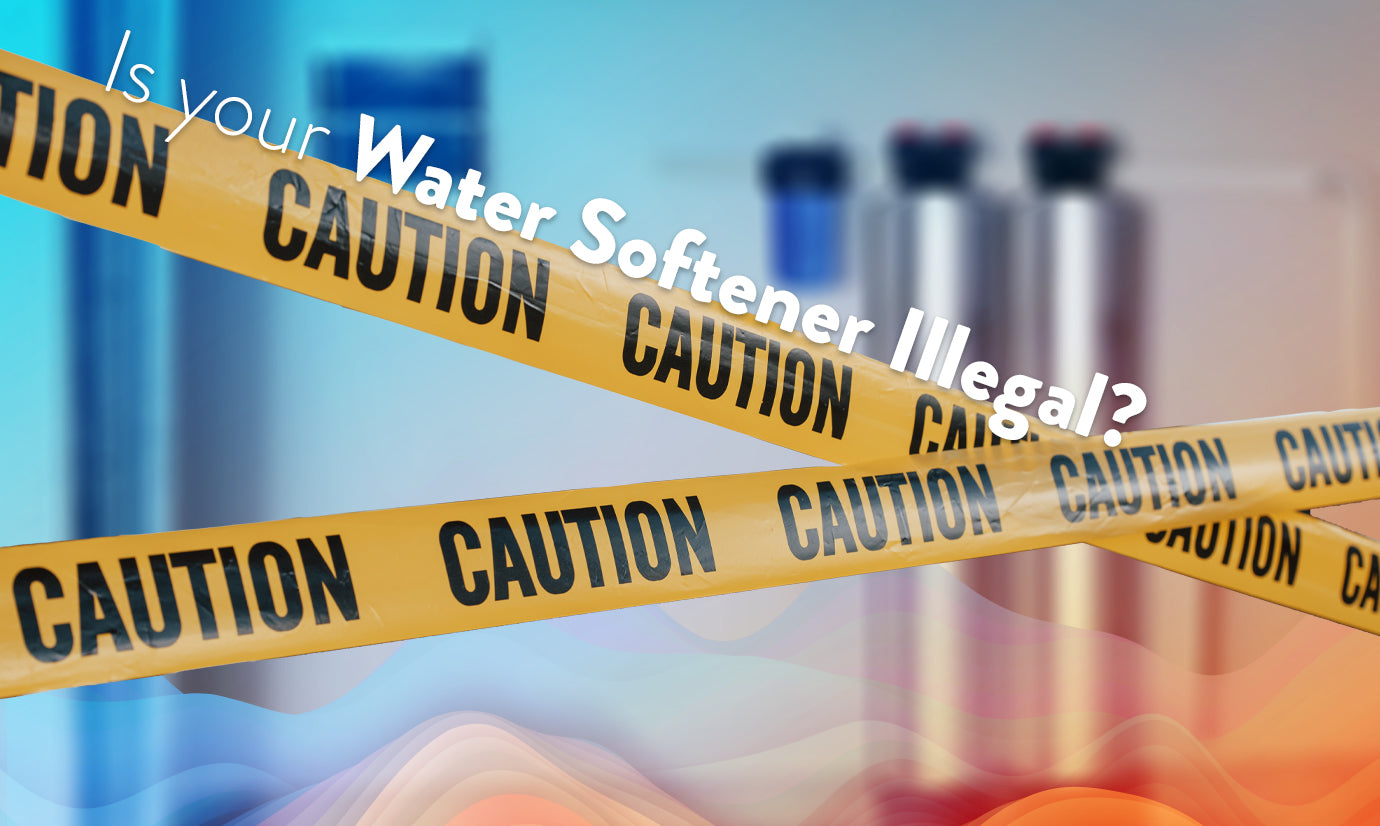Remember incandescent light bulbs? The rich, orange hue, the just-right ambience, the memories they evoke? As you might know, the Department of Energy has recently begun to phase out this iconic lighting source in favor of LEDs, much to the chagrin of chandelier enthusiasts across the country.
Less cherished are salt-based water filters, which evoke — for good reason — relatively few fond memories, but are being phased out all the same, and for more compelling reasons. We expect them to be regulated away even faster than incandescent bulbs, potentially leaving you on the hook for steep retrofit bills, and not to mention the moral — and perhaps even legal — culpability for environmental damage.
The Crackdown: Phase One
Some localities have indeed started to crack down on the use of salt-based water softeners in the interest of protecting municipal water supplies, natural reservoirs, and other freshwater bodies. Salt-based softeners discharge a significant amount of salt into wastewater, and this excess salt can eventually find its way into our precious rivers and lakes, leading to salinity levels that endanger regional ecosystems.
The Slippery, Salty Slope
The science is settled, [link] and the bans are expected to spread. While it might not be a nationwide policy just yet, it's not out of the question that it could become one. It might be hard to imagine today, but just as lead paint and asbestos waivers are nearly ubiquitous aspects of property disclosures across the country, so, too, might the taint of salt-based filters come to affect your property value and liability profile. In other words: you don’t want to be caught red-handed when the salt police come knocking.
The Nitty-Gritty
To make sure you're not caught off guard, let's take a closer look at what's going on with these salt-based water softeners. Put simply, they work by using salt to exchange ions with the minerals that make your water hard. This process softens your water, but it also leaves behind salty wastewater that goes down the drain. And this saline cocktail can be a real problem when it mixes with the environment, wreaking havoc on natural habitats and agricultural land, and potentially leading to irreversible, long-term soil, groundwater, and aquatic habitat issues.
How to Stay Future-Proof
If you live or work in a municipality that bans salt-based water softeners, there really are only two options to soften water:
- Join a tank exchange service where your expired softener tank is swapped with a newly regenerated tank and taken to an approved regeneration facility to be regenerated and put back into the program.
Salt-free water softener systems are a better choice for the environment because they don’t contribute to ambient environmental salinity.
Cascadian has been in the business of salt-free water softening for over 30 years. Our process, ion-bond softening, involves no environmentally harmful chemicals or processes. This process works by introducing a very small amount of a natural chemical called PolyHalt® into hard water. PolyHalt® readily bonds with hard water minerals to form a new and very stable complex with new properties preventing the minerals from behaving like those in hard water, resulting in ‘naturally soft’ water, more comparable to that from a mountain spring than the heavily treated output of salt filtration and other mineral-intensive softening processes.
The PolyHalt® ion bond softening does not send salt or waste water down the drain, does not require power and no harm is done to our ecosystem. Healthy but complexed hardness minerals remain in the water safe for consumption and use everywhere throughout the home, business and for agriculture.
So when the salt police knock, invite them in for a glass of water. With Cascadian, you’ve got nothing to worry about.







